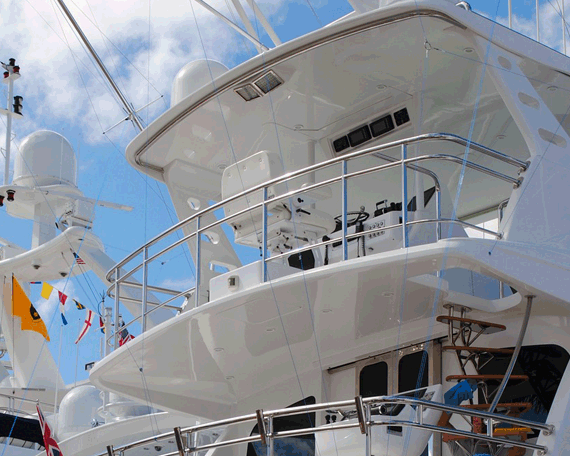Walk around any carp lake today and the bleeping is constant. Everyone’s got bite alarms these days, but half the tips going the rounds are pure dross written by people who’ve clearly never put their feet on a proper fishery. Here’s what actually works.
The Delkim Obsession Makes Sense
Expensive? Absolutely. Worth it? Ask any serious carp angler and they’ll show you their battered set of TXi-Ds that’s been going strong for years. There’s a reason nearly everyone ends up with Delkims eventually, even after trying cheaper alternatives first.
The build quality is just different. Hold a Delkim and compare it to some of the plastic imports and the difference is stark. Proper weight, built solid, weatherproofing that actually works. Yes, £120 an alarm does sting the purse strings, but compare it to having to replace flimsy ones every season.
Fox are acceptable mid-range options if money is tight. The Micron range gets the job done without breaking the bank. Nash make best-selling models but they are a tad too flimsy in comparison with others. And then there are those very flashy blue Sonik alarms – they may look all right in the tackle shop but the life expectancy is questionable.
Chinese eBay imports? Don’t even think about it. They look fine in the photos but the reality is a disappointment. Five minute false alarms, questionable weather sealing, batteries which last two uses. Classic false economy.
Most People Get the Basics Wrong
Maximum sensitivity is maximum frustration. Each falling leaf is a screaming run, driving anglers wild within hours. Lowered sensitivity settings catch more fish than hair-trigger settings because the angler actually responds to actual takes and not responds to all the false alarms.
Position is more important than sensitivity in any case. That old general advice of 18 inches from the reel is just a beginning. Blowy weather means positioning alarms in closer to the rod tip. Quiet nights enable positioning further out for a wider bite signal.
The line should just touch the roller, not pushed on it but sufficiently to activate the wheel. Push too hard and sensitivity is lost. Push too lightly and the roller will not pick up light movement. Succeeding in this fine adjustment is a matter of practice, not theory.
What’s Worth Having
Volume control prevents antagonizing the bank. Day ticket lakes especially call for thought on busy visits. Save the loud levels for the night session when fewer anglers are out.
Tone adjustment is worth its weight in gold for multi-rod fishing. Different tones for every rod station prevent confusion on late-night adventures. If something screams off at 3am, knowing which rod without fumbling around in the dark saves valuable seconds.
LED lights look cool but assassinate battery life. Red endure longer than blue for some reason. The sound alert is more important anyway – visual is second best. Switch them off to conserve battery power unless fishing at actual distance.
Wireless receivers add complexity with minimal advantage to most use. They’re fine as long as they do work, but cables never lose signal behind trees or get jammed. Spend the cash unless doing serious stalker business.
Current Gimmicks to Avoid
Smartphone connectivity has gone too far. Text message notifications for catching a run? Give me a break. If you’re too far from the rods to hear the alarm, you’re probably too far period. Focus on fishing, not phone monitoring.
Data logging and app integration are brilliant ideas but contribute nothing to catch rates. Basic beeps that signal fish activity have worked beautifully for years. All the digital bells and whistles just give more opportunities for things to go wrong during a session.
Setup Without Losing Your Mind
Begin with low sensitivity and raise the platform gradually until having a good indication without false alarms. Wind wreaks havoc with over-sensitive settings, converting enjoyable sessions into annoying bleeping endurance tests.
Inspect rollers for free spinning prior to each trip. A small amount of grit or weed debris can stick in the mechanism, then be mystified as to that clear take went unheard while the alarm remained quiet.
Battery operation must be planned. Those LED lights are okay but drain power fast. Always have spares available – nothing more frustrating than dead alarms on the best of a session. Standard AAs will last longer in basic models than in feature-loaded versions.
Brands That Deliver
Delkim is still the gold standard despite high premium prices. The TXi series hits the perfect middle ground between reliability and features without unnecessary overcomplications. Build quality is money well spent for regular use.
Fox Microns provide decent mid-range performance. Good, but not Delkim class, value for regular weekend users. Volume controls occasionally conk out but overall reliability is good enough.
Nash items are trendy but the construction is not as strong as others. Off-the-cuff activities perhaps, but not for formal campaigns.
Steer clear of unbranded imports regardless of how irresistible the prices are. Quality control is zero and customer support is non-existent when something goes amiss.
The Reality Check
Bite alarms will never make bad anglers good ones. They are assistive tools that improve existing skills and not a replacement for watercraft, bait presentation, and swim choice. No alarm exists that can help if the incorrect place is fished with the incorrect tactics.
They do find their niche in multi-rod fishing when visual indication of bite is an unworkable possibility. Perfect for night fishing sessions where sleeping in between takes, or for float fishers travelling who do not want to miss action.
Don’t be tempted by electronic indication into slackness, though. Firm rod tip watch remains vital, water reading remains vital, and fish behaviour knowledge is worth more than gadgets any day. Bite alarms merely ensure the reward doesn’t go unrewarded when all goes right.
For serious multi-rod work, they are an absolute piece of kit. For intermittent day sessions, perhaps not. Make a decision based on actual fishing style, not tackle shop hyperbole or forum peer pressure.


